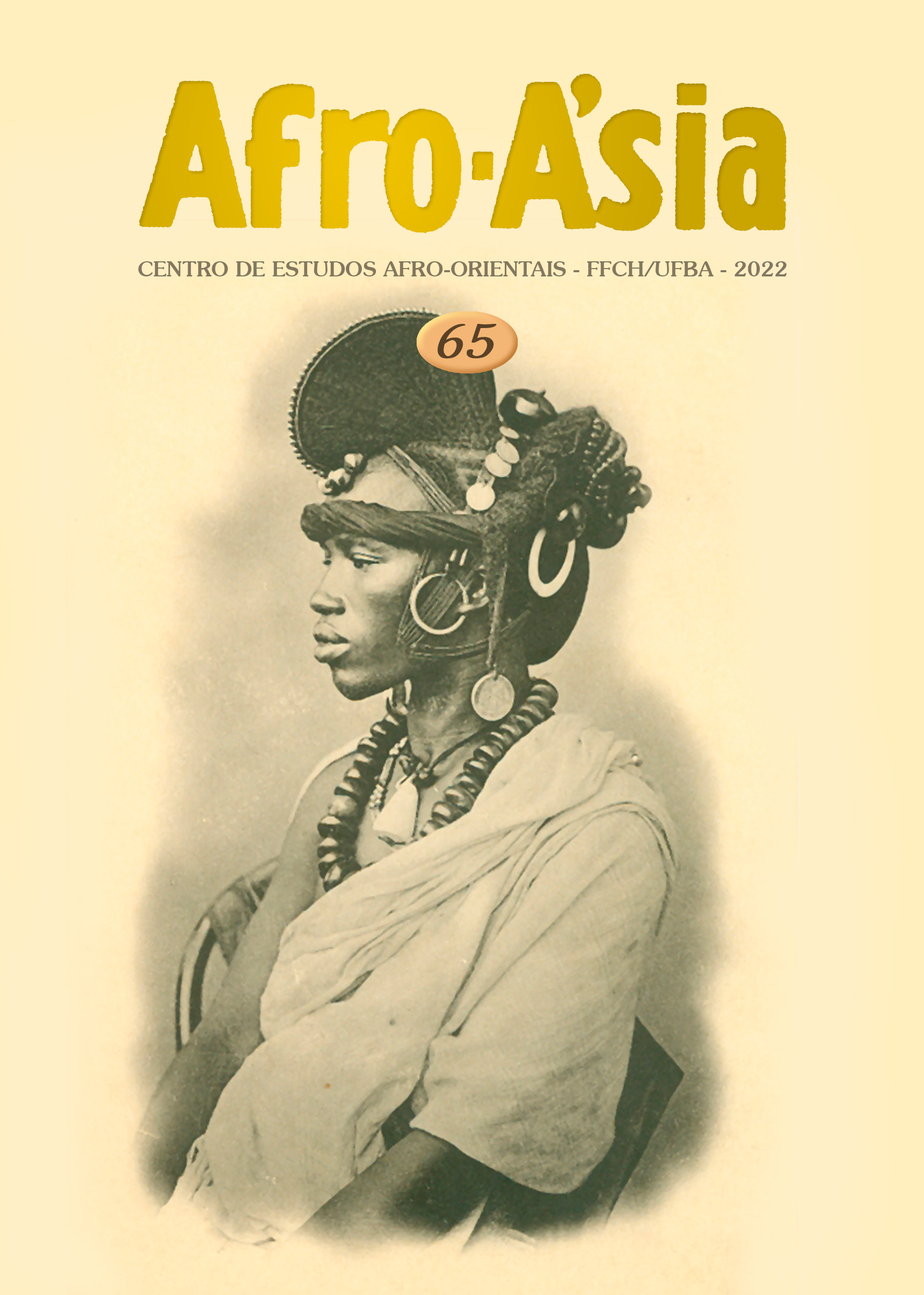Bahia and the Costa da Mina at the Dawn of the Second Slavery (1810-1831)
DOI:
https://doi.org/10.9771/aa.v0i65.45157Keywords:
Bahia, Gulf of Benin, Second slavery, Nineteenth centuryAbstract
This paper examines the relations between Bahia and Costa da Mina at the dawn of the Second Slavery (c.1810-1831). Although scholars have focused their attention on the slave trade between Southeast Brazil and West-Central Africa, the Bight of Benin region in West Africa remained an important supplier of slaves. Beginning in 1815, Bahian slave traders developed strategies to circumvent British antislavery measures. At the same time, African slave ports organized trade operations to meet the demand for captives. The article also discusses the participation of African freedmen in the illegal slave trade. Although their involvement became more visible in the 1830s, prior to this they already present as members of the crew on slave ships or as small merchants, participating in transoceanic trading networks. Finally, the paper reassess the number of Africans trafficked from the Bight of Benin to Bahia.
Downloads
Downloads
Published
How to Cite
Issue
Section
License
Copyright (c) 2022 Carlos Francisco da Silva Júnior

This work is licensed under a Creative Commons Attribution 4.0 International License.
You are entitled to freely share, adapt and use the work herein published for any legitimate purpose as long as authorship and the original source are acknowledged.




